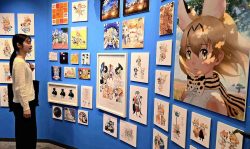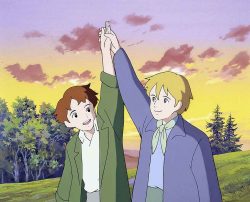- Manga & Anime
- KANTA ON MANGA
‘When the Dokudami Flowers Bloom’ Entertainingly Depicts the Art of Discovering an Artist
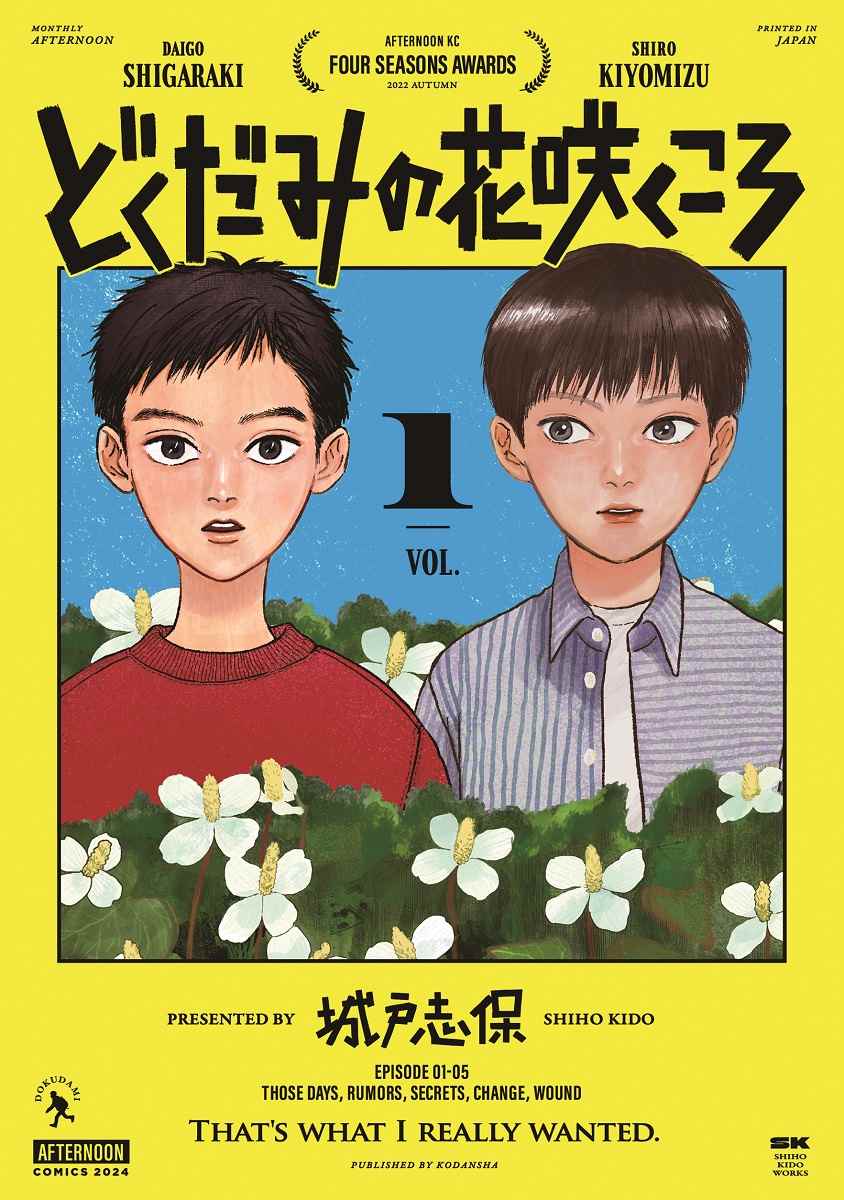
The cover of the first volume of “Dokudami no Hana Saku Koro” (When the Dokudami Flowers Bloom) by Shiho Kido published by Kodansha
Dokudami no Hana Saku Koro (When the Dokudami Flowers Bloom.)
by Shiho Kido (Kodansha)

12:00 JST, August 17, 2024
Yayoi Kusama, Kiyoshi Yamashita, Vincent van Gogh and so on — there are quite a few world-class artists who have been diagnosed with a mental disorder or intellectual disability. Why does the art and beauty created by these artists, who may be “ill” in the eyes of society, impress and touch the hearts of so many people? This must be one of the mysteries of what art is.
In the manga “Dokudami no Hana Saku Koro” (“When the Dokudami Flowers Bloom.”), Daigo Shigaraki, a fifth-grade elementary school student, is seen as an eccentric by his classmates. He has tantrums, is restless and panics easily. Only Shiro Kiyomizu, an honor student in the class, sees something else in Shigaraki: that the clay works and grass dolls he makes have a strange charm, however oddly shaped they are. Neither his teacher nor his classmates understand their value at all. Kiyomizu, unable to contain his excitement, gradually becomes an obsessive collector of “Shigaraki art.”
Some of you may have already noticed that the designs of the characters and the story structure of this manga are somewhat similar to those of “Kimi to Uchu o Aruku tameni” (“Walking to Space Together”) by Inuhiko Doronoda, which I introduced in this column in February. The fact that it represents a popular story pattern for manga these days is an interesting phenomenon, but let us not consider it too closely for now. Both Doronoda and Shiho Kido, the mangaka of “Dokudami no Hana Saku Koro,” are recipients of the same manga award for newcomers — the Afternoon Shikishou by the monthly manga magazine Afternoon. Kido’s work is just as entertaining as Doronoda’s. Only the first volume of “Dokudami no Hana Saku Koro” is available in book form so far, but this manga will surely be nominated for various manga rankings this year.
Shigaraki’s atelier is a grassy field of dokudami (chameleon plant). This field is bulldozed clean for construction work. Kiyomizu becomes upset, frenzied and beside himself. I love the scene in which Shigaraki reproves Kiyomizu with a shout of “Calm down!” Beauty can drive people crazy. Moreover, there must be an irresistible sense of ecstasy in feeling that you are the only one in the world who knows of this guy’s talent. I wonder whether people who discovered the value of Kusama, Yamashita and Van Gogh when they were still unknown also felt overwhelmed by their talent just as Kiyomizu did for Shigaraki. Needless to say, the artistic talent of creative artists is amazing, but how about the ability to appreciate hitherto undiscovered beauty before anyone else? It should also be praised.
Halfway into the first volume, Kiyomizu volunteers to become Shigaraki’s production assistant. Whether or not Shigaraki can grow to become a Van Gogh in the future is probably unimportant to Kiyomizu. It does not matter to him what others think or value. The important thing is the fact that Kiyomizu is able to “promote” Shigaraki’s art from the bottom of his heart, and that is all that matters.
While this manga is an excellent comedy about a somewhat awkward friendship, I have been impressed with many portrayals here and there that refer to the fundamentals of art. Although the manga is relatively light reading, I think the mangaka has thrown the ball into a very narrow, difficult course, by choosing to depict Shigaraki’s character as it is, along with his complicated family background. I wonder if this story would be as interesting as it is now if it were a novel. Once again, I am so wowed by the wide range of expressions conveyed by manga.
"Culture" POPULAR ARTICLE
-

Tokyo’s Jazz Kissa Cafes Documented by Belfast-Born Photographer Philip Arneill
-

Popularity of Piggy Banks Across Time and Place Seen at Bank’s Museum of Money Boxes in Hyogo Pref.
-
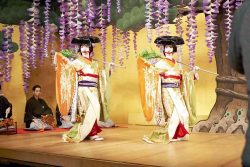
‘Kokuho’ Creates Opening for Japan’s Film Industry with Lavish Depiction of Kabuki
-

Film ‘Kokuho’ Screened at Tokyo’s Kabukiza Theatre, Historic Hub for Traditional Art Form
-
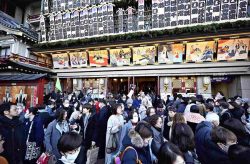
Japan’s ‘Kokuho’ Craze Shines Spotlight on Classical Performing Arts; Young Women Make up Large Portion of Audiences
JN ACCESS RANKING
-

As Chinese Tourists Shun Japan, Hotels and Stores Suffer
-

Osaka-Kansai Expo’s Economic Impact Estimated at ¥3.6 Trillion, Takes Actual Visitor Numbers into Account
-

Japan Govt Adopts Measures to Curb Mega Solar Power Plant Projects Amid Environmental Concerns
-

BOJ Gov. Ueda: Highly Likely Mechanism for Rising Wages, Prices Will Be Maintained
-

Economic Security Panels Debate Supply Chains, Rare Earths; Participants Emphasize Importance of Cooperation Among Allies



